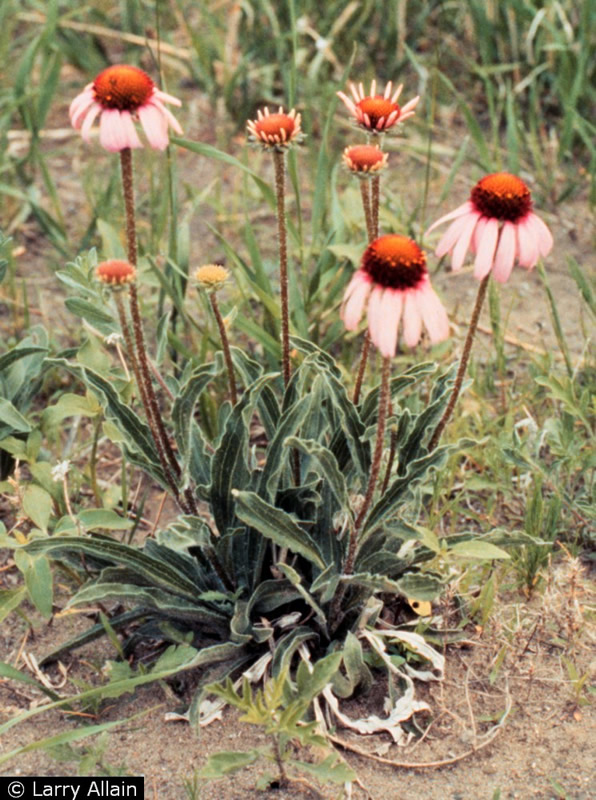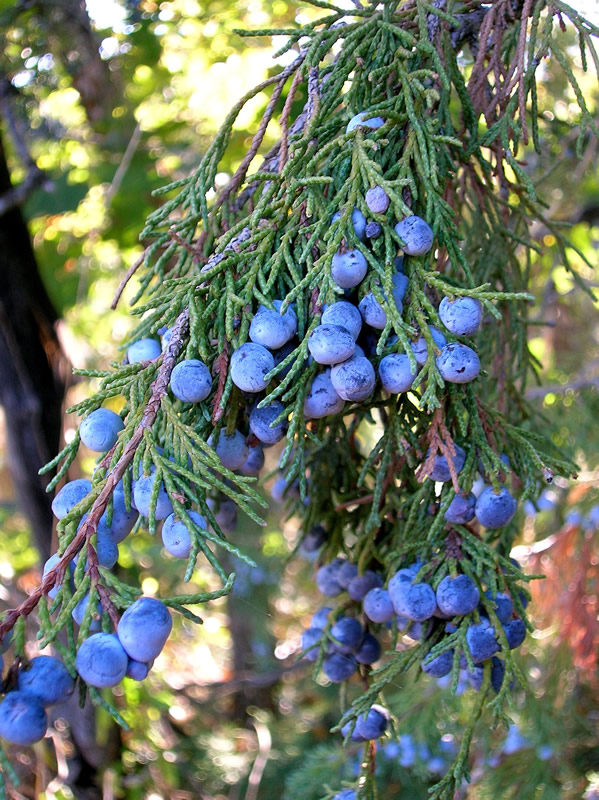Plant Parts Used for Medicinal Purposes

Where does the medicine come from?
Medicinal properties derived from plants can come from many different parts of a plant including leaves, roots, bark, fruit, seeds, flowers. The different parts of plants can contain different active ingredients within one plant. Thus, one part of the plant could be toxic while another portion of the same plant could be harmless.
Medicinal properties can be derived from the following:
Bark: The protective outer layer of a tree trunk that is formed by layers of living cells above the wood. Active ingredients are often found in higher concentrations in the bark. Examples of bark used for medicinal properties are quinine bark, oak bark, pepperbark, and willow bark.
Bulb: A bulb is defined as a fleshy structure comprised of numerous layers of leaf bases otherwise known as bulb scales. Onion species and garlic bulbs are popular for medicinal uses.
Essential Oil: These are defined as volatile oils that are generally extracted from plants using a steam distillation process. Examples include camphor and peppermint oil.
Fatty Oil: These are defined as non-volatile vegetable oils that are pressed from the seeds or fruits of plants and are insoluble in water. Examples of fatty oils used in medicine are castor oil, olive oil, and safflower oil. Some fatty oils have direct medicinal properties while others are used as carriers in liquid formations and ointments.
Flowers: The flowers of plants have always been popular in traditional medicine. Examples include clove and chamomile flowers. Flower parts are also used such as saffron stamens, the stigmas of maize, or pollen.
Fruit: Fruits have been heavily used for medicinal purposes. Dried whole fruits or portions of fruits can be used. Many members of the carrot family have fruits that are used in medicine including fennel fruit and anise.
Gum: Gums are solids that are mixtures of polysaccharides (sugars). They are water-soluble and are in part digestible by humans.
Leaf: The leaves of plants, shrubs, and trees can be used for medicinal properties. Leaves can be used alone or can be mixed with twigs, stems, and buds. Examples include maidenhair tree.
Resins: Resins are a mixture of essential oils and terpenes that are usually not soluble in water. They are excreted by specialized cells or in ducts of plants. Examples include frankincense, myrrh, and mastic.
Roots: The fleshy or woody roots are used for medicinal purposes. Roots may be solid (ginseng), fibrous (stinging nettle), or fleshy (devil’s claw).
Rhizome: A rhizome is defined as a fleshy or woody elongated stem that usually grows horizontally below the ground. Rhizomes often produce leaves above the ground and roots into the ground. Several medicinal plants are used primarily for their rhizomes including: ginger, wild columbine, and bloodroot.
Seed: The seeds of many plants are used for their medicinal properties. Seeds may be contained within a fruit or are sometimes used on their own. Juniper berries look like fruits but they are actually seeds surrounded by beautiful woody cones.
Tuber: A tuber is defined as a swollen, fleshy structure below ground. Tubers are usually of stem origin but can be partly stem and root in origin. Tubers used for medicinal properties include African potato and autumn crocus.
Wood: Thick stems or the wood of trees or shrubs are used for medicinal properties. Sandalwood and quassia wood are popular examples.
 Mountain monardella (Monardella odoratissima) is a member of the mint family, whose members are notable for their essential oils. Photo by Teresa Prendusi.
Mountain monardella (Monardella odoratissima) is a member of the mint family, whose members are notable for their essential oils. Photo by Teresa Prendusi.
 Echinacea species (Echinacea angustifolia) were widely used by the North American Plains Indians for its general medicinal qualities. Photo by Larry Allain.
Echinacea species (Echinacea angustifolia) were widely used by the North American Plains Indians for its general medicinal qualities. Photo by Larry Allain.
 Juniper (Juniperus scopulorum) “berries” were widely used by North American Native Tribes to treat a variety of illnesses and pain. Photo by Teresa Prendusi.
Juniper (Juniperus scopulorum) “berries” were widely used by North American Native Tribes to treat a variety of illnesses and pain. Photo by Teresa Prendusi.
 The fruit and leaves of raspberry (Rubus idaeus) have been used for centuries as a folk medicine. Photo by Mary Ellen (Mel) Harte, Bugwood.org.
The fruit and leaves of raspberry (Rubus idaeus) have been used for centuries as a folk medicine. Photo by Mary Ellen (Mel) Harte, Bugwood.org.
 Skunkbrush sumac (Rhus trilobata) leaves were used for head colds and for a diuretic. Berries were chewed. Photo by Teresa Prendusi.
Skunkbrush sumac (Rhus trilobata) leaves were used for head colds and for a diuretic. Berries were chewed. Photo by Teresa Prendusi.
 Stinging nettle (Urtica dioica) is good for arthritis, hay fever, and anemia. Photo by David. G. Smith, Delaware Wildflowers.
Stinging nettle (Urtica dioica) is good for arthritis, hay fever, and anemia. Photo by David. G. Smith, Delaware Wildflowers.

